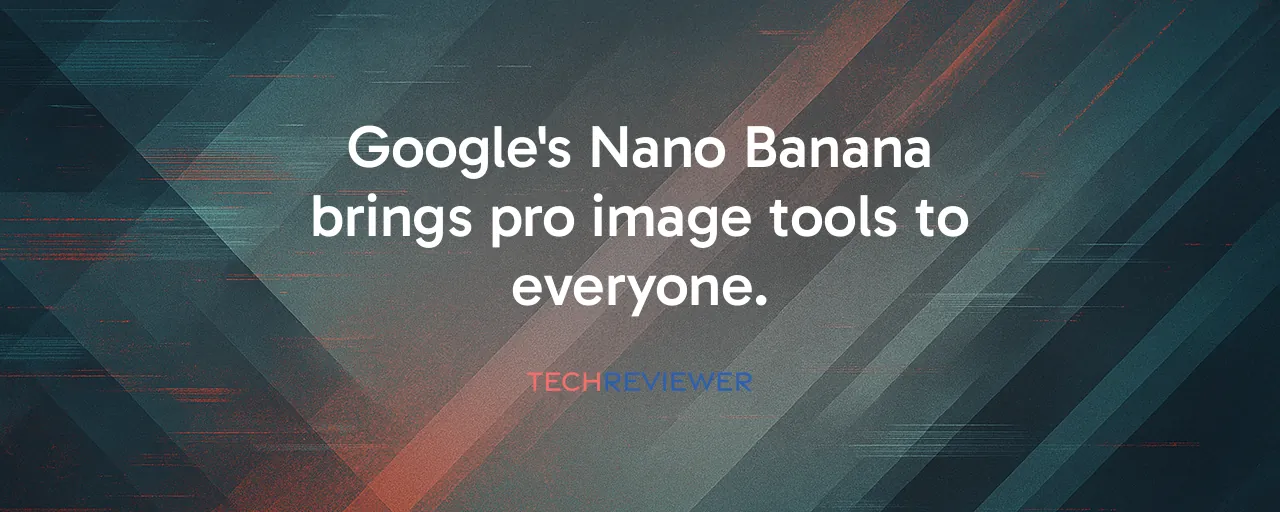A New Wave of Creative Power
Google's latest move with Nano Banana, the playful nickname for its Gemini 2.5 Flash Image model, brings professional-grade image editing to everyday users. Launched in August 2025, this AI tool has already generated over 5 billion images, captivating users with its ability to transform text prompts into stunning visuals or tweak existing photos with ease. Now, Google is weaving Nano Banana into its core platforms, Search, NotebookLM, and Photos, making advanced creativity accessible without the need for specialized software or skills.
This integration marks a shift in how we interact with visual content. From students crafting study aids to small businesses producing marketing materials, Nano Banana empowers users to create without barriers. Its natural language prompts let anyone describe an idea, such as turning a photo into a watercolor masterpiece, and see it come to life. With over 400 million monthly active users on the Gemini app, the tool's viral popularity shows no signs of slowing.
Revolutionizing Everyday Tools
In Google Search, Nano Banana works through Lens and AI Mode, letting users snap a photo and instantly stylize it or generate entirely new images from text. Available in English for U.S. users since October 13, 2025, with global expansion planned, this feature makes creativity as simple as a chat prompt. Meanwhile, Google Photos will soon let users edit snapshots with AI, building on tools like Magic Eraser, though details remain sparse for now.
NotebookLM, a favorite among educators and researchers, takes the spotlight with enhanced Video Overviews. These now offer six visual styles, including watercolor, anime, and papercraft, for auto-generated explainer videos from documents. With 43% of NotebookLM's users being students and 26% educators, the platform's 120% growth in active users last quarter highlights its educational appeal. Premium Times in Nigeria, for example, uses NotebookLM to streamline podcast visuals, saving time and resources.
Real-World Impact in Action
Consider the case of a small retailer in India, where 9% of Google Search's AI Mode traffic originates. Using Nano Banana via Lens, they can photograph a product and generate professional-grade ad images in minutes, cutting costs by up to 50% compared to hiring a designer. This efficiency has boosted conversion rates by 30% for some businesses, showing how AI levels the playing field for smaller players in a market projected to hit $60.8 billion by 2030.
In education, NotebookLM's impact is equally striking. Over 500 schools globally integrate it into curricula, with 74% of university educators recommending it to students. A study showed students using the platform scored 11% higher on open-book assessments, thanks to AI-generated visuals that simplify complex texts. These cases highlight how Nano Banana bridges gaps, making high-quality visual tools accessible to diverse users.
Balancing Innovation With Responsibility
While Nano Banana's accessibility excites users, it raises valid concerns. The tool's SynthID watermarking, used on over 10 billion pieces of content, helps verify AI-generated images, but risks of misuse, such as creating deepfakes or misleading visuals, persist. Privacy worries also loom, as user prompts and uploaded photos feed Google's data collection, though encryption and adjustable privacy settings offer some reassurance.
Copyright issues add complexity. The U.S. Copyright Office notes that AI-generated content often lacks protection without significant human input, leaving users liable for outputs resembling copyrighted works. Competitors like Adobe Firefly and Midjourney face similar challenges, but Google's vast ecosystem gives it an edge, potentially locking users into its tools. Balancing these benefits with ethical safeguards will shape the future of AI-driven creativity.
